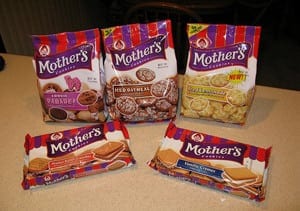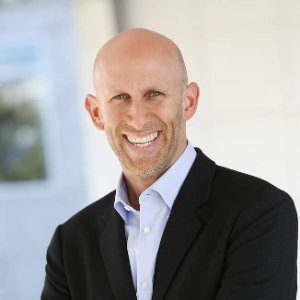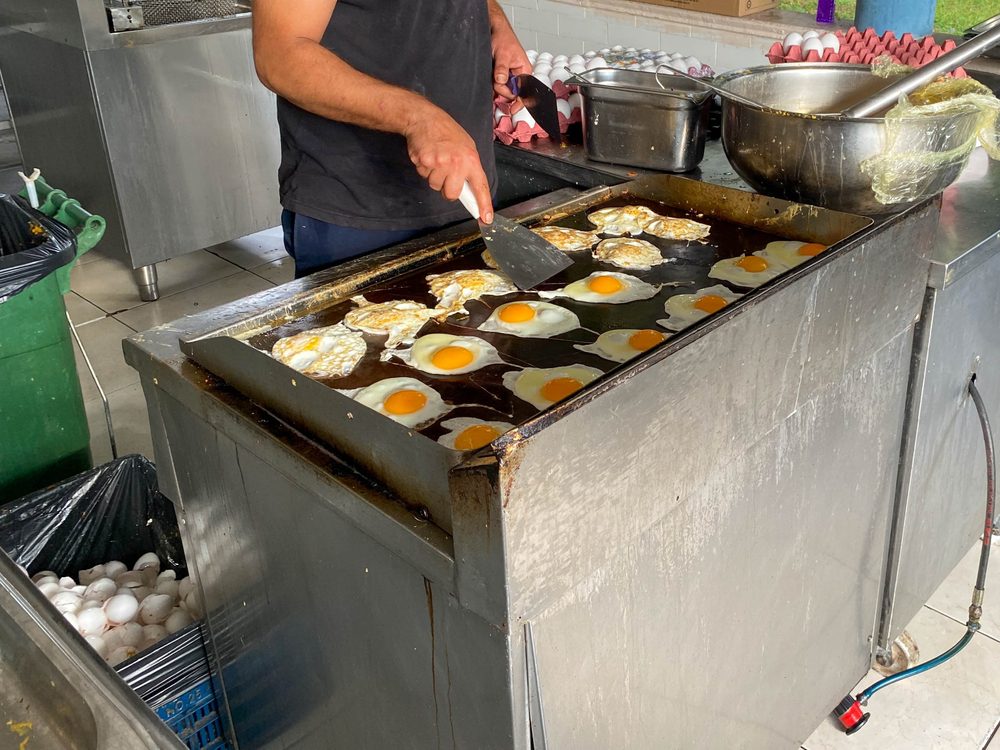Anyone searching a stock photo library for pictures of a radio will find thousands of images that conjure up memories of old-time radio. But the audio industry has transformed beyond recognition, with the most common sources of sound looking like computer screens, smartphones and car dashboards.
Radio is still a very valuable advertising medium. About 91%, or 245 million, of all Americans ages 12 and up listen to some form of radio every week, according to the Radio Advertising Bureau, whether it’s commercial radio, streaming, pure play, podcast or something else.
Those numbers haven’t been lost on marketers: Total spending in radio and other forms of audio advertising in 2014 topped $17 billion.
Some marketers have employed non-traditional tactics to get their messages to stand out in a crowded field. Of the branding messages considered in a report from radio marketing firm CRN International, 77% said they are most interested in useful or entertaining content about an area of interest, and that this form would have the greatest impact on purchase consideration. Less than two percent said traditional commercials would have the most impact.
Mother’s Circus Animal Cookies, a regional brand of Kellogg Company, and Access Health CT, an East Coast company charged with boosting healthcare enrollment, provide two striking examples of how taking a non-traditional approach to radio marketing helped separate them from the clutter.
Mother’s Cookies had been relying too heavily on display ads to drive sales and needed to reverse a downward sales pattern. A lack of consumer engagement and push to retail led to a double-digit decline in sales. “The brand’s retail sales had been down significantly over the last two years and I wanted to test the possibility of using radio to turn around by reconnecting consumers with the brand in a way not usually seen in my product category,’’ said Colleen Chorak, senior marketing director, Kellogg Cookie Portfolio.
The idea was to bring the character of “Mother” to life on radio as a highly relevant and respected person who understands what it means to be a mom. A persona was developed for Mother, a mom on the go lending a hand at a child’s lemonade stand; shuttling the kids between games, lessons and play dates; and doing all the voices and accents when she reads a bedtime story.
The target audience was working moms ages 30-44 of cookie-loving families, with Los Angeles as the test market. With cookies known to be an impulse buy, the thinking was to raise awareness of the brand and get moms to perceive that Mother’s was a very cool and relatable company.
CRN developed a radio campaign using brand ads to introduce the character. It also provided free radio advertising to two Los Angeles retailers in exchange for incremental display merchandising for Mother’s.
A key marketing component was a series of two-minute “conversations” that ran on two Los Angeles radio stations for 12 weeks. The conversations, set up under the premise that Mother was a local client of the stations, positioned her as a working mom with a significant job as well as the same interests that all moms face—getting kids away from computer screens, dealing with summer camp, how to spend Mother’s Day and more.
The result?
Mother’s realized significant sales improvement where the radio campaign ran. “In the test market, the brand has slowed sales declines versus other regions of the country,” said Chorak. “On all levels, this program exceeded my expectations and has been a real win for my brand.”
Keeping Healthy
Expectations were high at Access Health CT, which was looking to increase enrollment under the new federal healthcare program. The organization had a successful first enrollment period. However, about 140,000 Connecticut residents, many of whom were Hispanic and African-American, were still uninsured at the time of the second enrollment period. That prompted Access Health to explore more effective, efficient ways to reach the target using radio beyond traditional spot buys.
The radio campaign used the power of stories from culturally authentic real people to create personal connections to clarify misperceptions and drive enrollment. Enrollment counselors were also engaged to build understanding and trust at the local level.
Real people related their personal stories about how having health coverage has made a difference for them and their families. Thought leaders in the Hispanic and African-American communities educated listeners through live 60-second endorsements and conversations about the benefits of health coverage. Statewide media was also used to secure Public Service Announcements at no cost to Access Health.
“People connected with the station anchors and talent – they really made it personal,” said Andrea Ravitz, director of marketing, Access Health CT. “We were able to convey the live experiences that everyone and their families go through, and the impact was super.”
“For us, it was a more creative way to say the same thing as we would with normal radio ads, but the approach was more real, human, relevant, and got people to pay attention,” Ravitz said. “Our message filtered through their experiences.”
The Access Health radio program ran for six weeks in five target cities for three unique demographics using 17 radio personalities. During the second enrollment period supported by the CRN radio campaign, Access Health realized a 75% re-enrollment, an 89% increase in calls to the centers, and a 48% increase in unique website visitors.
Jim Alkon is marketing director of CRN International.





 Network
Network

